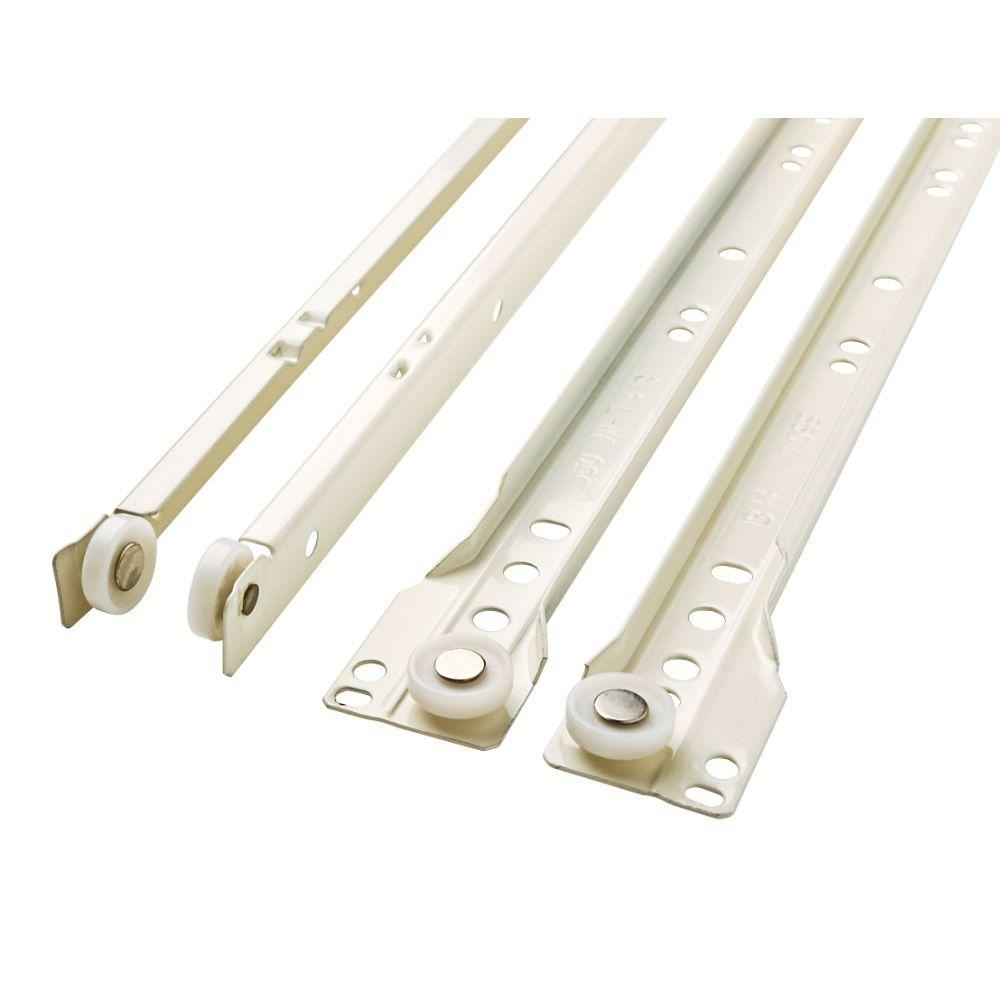

Full extension slides work the best for kitchens and other places where you'd like unobstructed access to whatever you're looking for in the drawer.

Full extension: This lets the drawer open to the slide's full length, which provides better access and makes it easier to use.Common disconnect types include lever disconnects, friction disconnects and rail disconnects. Disconnect: This component lets you take out the slide's inner mount from its chassis.Detent: This slide component is what creates the force needed to keep the slides in the position you want until you open or close the drawer.Generally, this is the difference between the height of the slide when it is unloaded versus after it's been loaded. Deflection:Deflection refers to how much the slide has moved under a certain load.These slides run in ball bearing retainers between the systems' telescopic parts. Generally made of stainless or carbonized steel, ball bearing drawer slides are stronger and more durable than many older drawer slide types. Ball bearing drawer slide: A ball bearing slide provides the perfect mixture of strength and value under a heavy load.When picking out slides for your drawers, there are a number of considerations to keep in mind, including how they're mounted, the length of the slides, and how much weight they can bear.īelow, you'll get a basic introduction to the different types of drawer slides, including the characteristics, features, and applications of each type so you can pick the correct drawer slides for your cabinets.īefore we start discussing the different types of slides, we'd like to familiarize you with some commonly used terms in the industry. Drawer slides are something most of us rarely think about - unless they don't work properly.


 0 kommentar(er)
0 kommentar(er)
